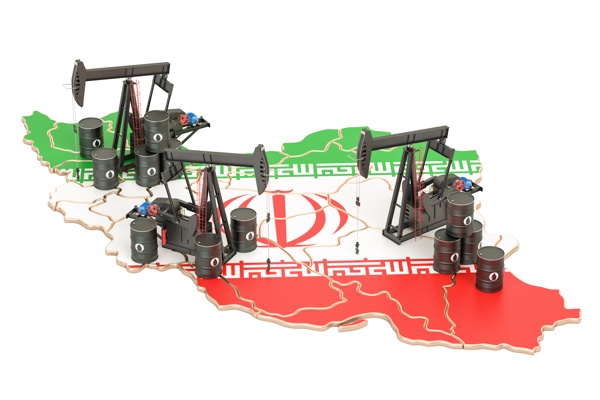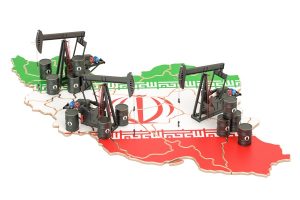
SINGAPORE (Reuters) – Oil prices rose on Thursday, lifted by looming U.S. sanctions against major crude exporter Iran
Brent crude futures LCOc1 were at $82.04 per barrel at 0104 GMT, up by 70 cents, or 0.9 per cent from their last close.
U.S. West Texas Intermediate (WTI) crude futures CLc1 were at $72.35 a barrel, up 78 cents, or 1.1 per cent from their last settlement.
At its 2018 peak, Iran exported around 3 million barrels per day (bpd) of crude oil, equivalent to 3 per cent of global consumption, and the Organization of the Petroleum Exporting Countries (OPEC) has little spare capacity to make up for an expected shortfall in Iranian exports.
Reflecting expectations of lower supply from the Middle East, Oman crude futures 1OQc1 on the Dubai Mercantile Exchange touched their highest in four years on Wednesday, briefly jumping above $90 a barrel.
“We view that crude market risks are heavily skewed to the upside and whilst we are not explicitly forecasting Brent to rise to $100 per barrel, we see material risks of this coming to fruition,” Japanese bank Mitsubishi UFJ Financial Group said in a note to clients.
“Oil prices remain in the Bulls domain amid concern that U.S. sanctions on Iranian crude oil exports will result in much tighter physical market conditions once they take effect in November,” said Stephen Innes, head of trading for Asia/Pacific at futures brokerage OANDA in Singapore.
While global oil markets tighten, supply in the United States is ample, thanks to rising output.
U.S. crude production C-OUT-T-EIA hit a record 11.1 million bpd in the week ending Sept. 21, according to data from the Energy Information Administration (EIA).

